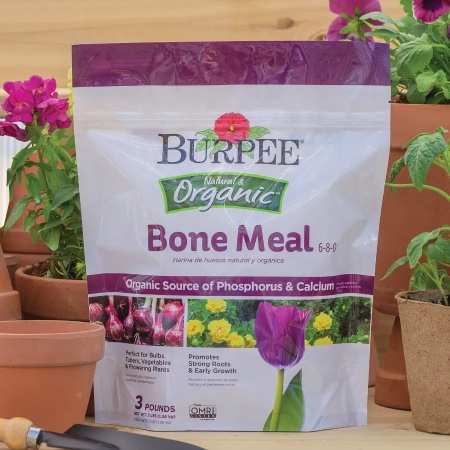Why are my tomato plants not fruiting? 5 causes of blossom drop and how you can help pollination
An expert guide to avoid the troublesome situation of tomato plants not setting fruit
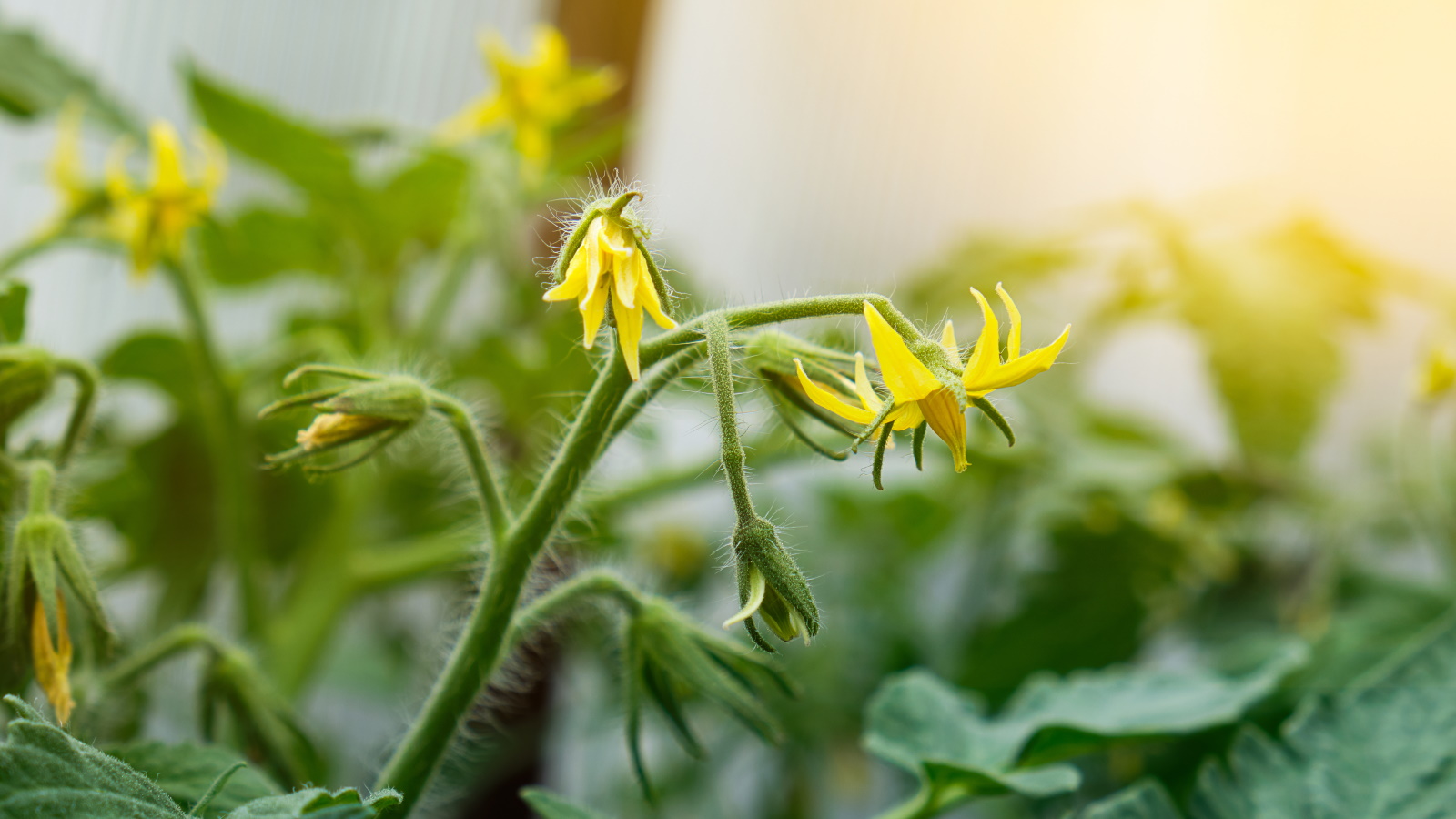

Are you concerned that your tomato plants are not producing fruit? It can be confusing if you see that your tomato plants are flowering but not fruiting.
The usual suspect for this issue is blossom drop, where the blooms fall off tomato plants before they are pollinated. Temperature, water, nutrients and a lack of pollinators can all contribute to your tomato plants not fruiting.
A lack of fruits can be a big headache when growing tomatoes and several factors can result in you seeing flowers dropping off tomato plants. To help avoid this happening to you, let's take a closer look at the core reasons this may occur and reveal expert tips to help your flowers develop into juicy tomatoes.
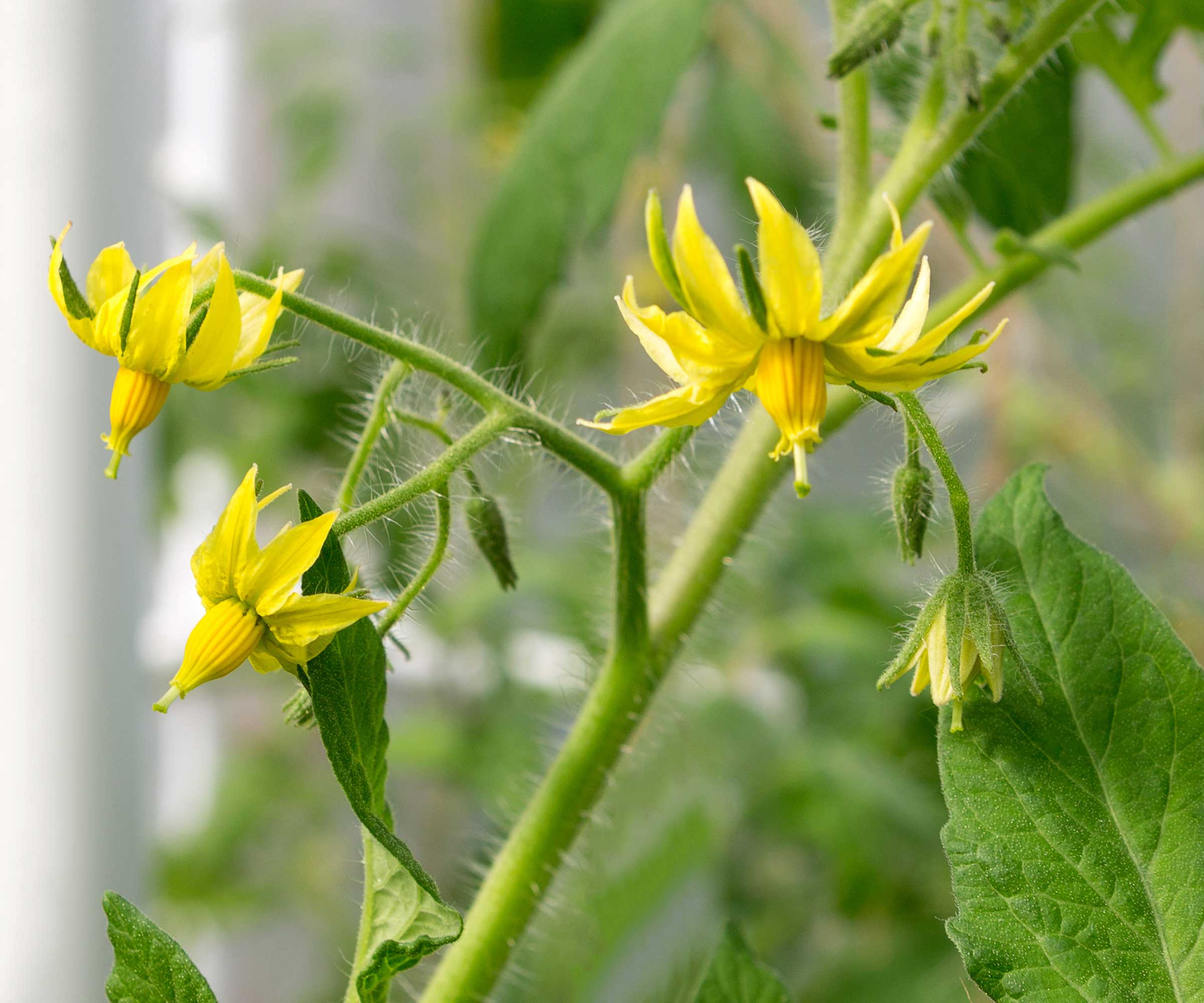
5 reasons blooms fall off tomato plants
I have grown many varieties of tomatoes as a professional kitchen gardener. I grew the crop in vegetable gardens in the UK both for restaurants and to sell to garden visitors. I have learnt a lot about getting a good crop of tomatoes and have also spoken to other gardening experts to deep-dive into the causes of blossom drop and what growers can do at home to prevent tomato plants from flowering but not fruiting.
1. High or low temperatures

Blossom drop can be caused by temperatures outside of the ideal for tomato plants. It is common knowledge that tomato plants love sun and warmth, though they do not respond well to extreme heat.
Spells of very high temperatures will affect the flowering and pollination process and stall the formation of fruits. Crystal Jarvis, owner and garden consultant at Lettuce Grow Something, explains that tomatoes ‘struggle to produce fruit’ as the plants stop flowering when the temperatures spike.
She says: ‘When it's consistently above 95°F, fruit development is hindered. This is a common challenge in Texas, where scorching summers make tomato growing difficult except for late spring and early fall.’
Not all tomato varieties react equally to high temperatures, as cherry tomatoes are more tolerant than larger tomato types, so make sure to choose varieties best suited to your US hardiness zone when ordering seeds. Measures can be taken, however, as plants can be protected with shade cloth when the thermometer rises and they will recover if it is only a temporary rise in temperatures.
Along with heat, humidity also affects fruiting in the warmest regions. Kathi Rodgers, organic gardener and owner at Oak Hill Homestead, explains: ‘Humidity levels over 70% makes the pollen too sticky and heavy to blow around and pollinate the flowers.’ Even if gardeners attempt to help with pollination, the pollen will struggle to stick to the plant’s female parts if it gets too dry.
It is not just warmth that can hinder fruiting, as tomato plants need minimum temperature levels to be able to set fruit too. Crystal Jarvis adds: ’Regions with consistently cool summers, especially with night-time temperatures below 55°F, will also experience poor tomato flower and fruit production.’
As tomatoes react negatively to cold temperatures, you should only plant tomatoes once the cold weather has ended. It is also why growers commonly have them in greenhouses or polytunnels in cooler regions. Young tomato plants can be protected from frosts with horticultural fleece, available at Amazon, or cloches as a temporary protection on cold nights.

Crystal Jarvis is Owner and Garden Consultant of Lettuce Grow Something. They design beautiful raised bed kitchen gardens for the novice to expert gardener in Austin, TX and virtually all over the world. She is skilled in raised bed garden design and organic vegetable gardening.
2. Too much nitrogen
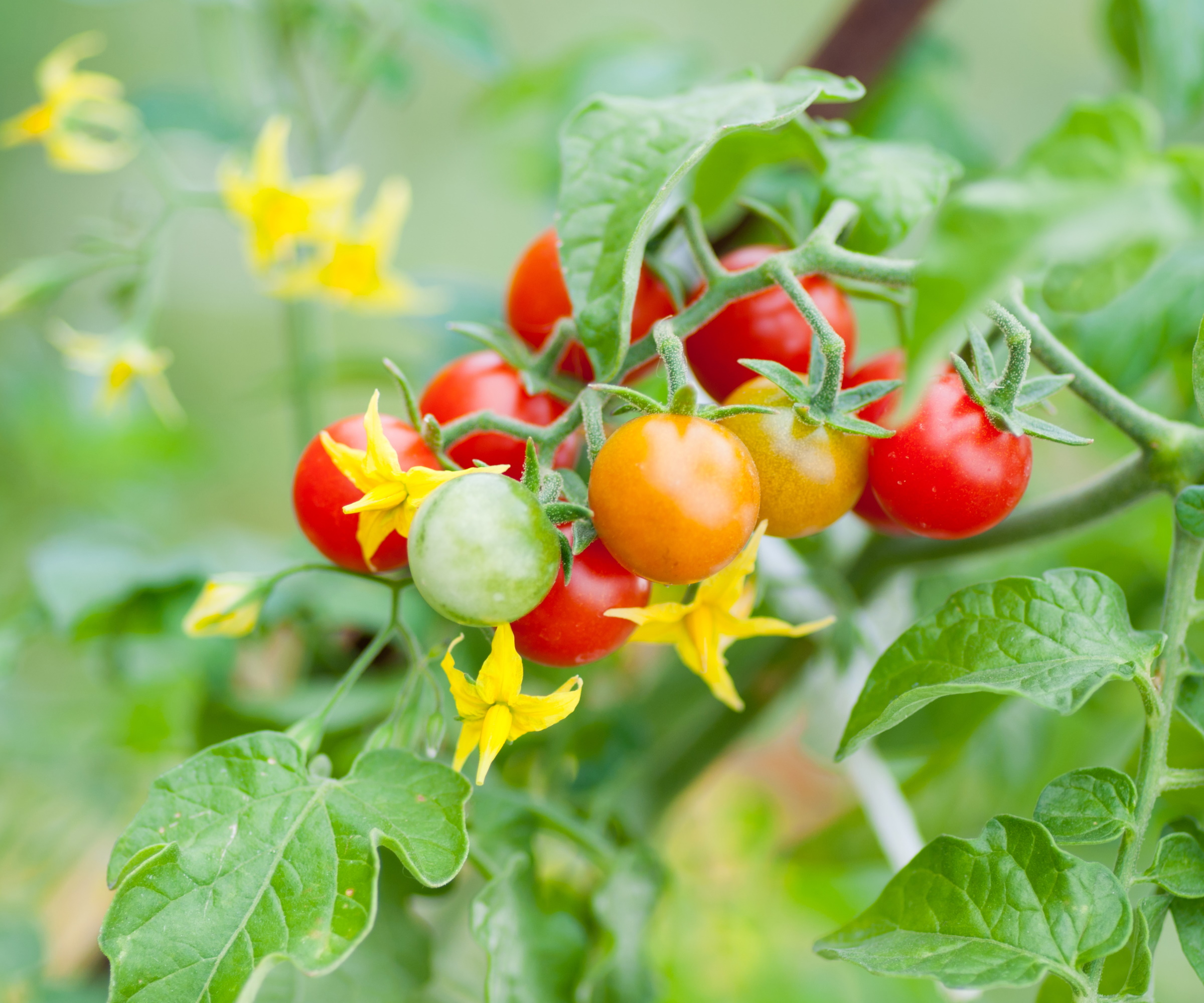
Fertilizing tomatoes is essential throughout the season for a great tomato harvest. They are hungry plants that benefit hugely from fertilizer, but you must get the level of nutrients correct as any imbalance can affect flowering and fruiting.
Conducting a soil test can give you a good idea of the makeup of nutrients in the ground and highlight any deficiencies that may need to be addressed. Understanding the nutrient levels of any soil type is key to fertilizing correctly, helping you avoid the tomato growing mistake of negatively impacting the balance in the soil.
One potential issue to avoid falling foul of is adding too much nitrogen. Kathi Rodgers warns that ‘soil high in nitrogen keeps tomato plants from blooming’, adding: ‘If your plants look full and gorgeous but you don’t have any flowers, your soil might have too much nitrogen.’ Nitrogen will encourage the growth of lots of lush foliage at the expense of flowering and fruiting. Phosphorus and potassium are essential to produce fruits.
It is best to use a balanced slow-release fertilizer early in the season. Then Crystal Jarvis recommends: ‘Add an organic phosphorus-based fertilizer, such as bone meal, once the first set of tomato flowers appear.’ Alternatively, a liquid tomato food high in phosphorus and potassium can be fed to plants every few weeks once the plants start to flower.

Kathi Rodgers is an expert organic gardener. She is the owner and writer at Oak Hill Homestead and the host of HOMEGROWN: Your Backyard Garden Podcast.
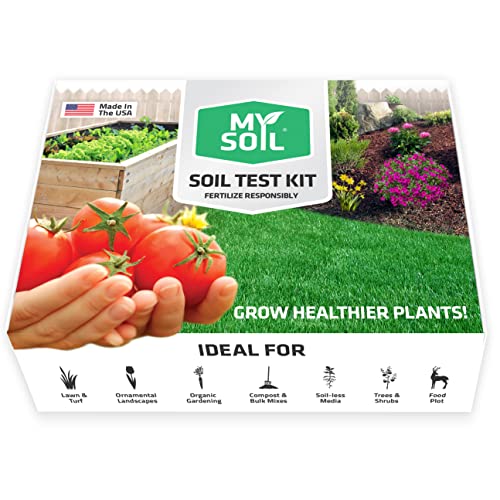
A soil test kit with mail-in professional lab analysis that measures 13 plant available nutrient levels including nitrogen and pH. Online results in 6-8 days with tailored fertilizer recommendations
3. Improper watering
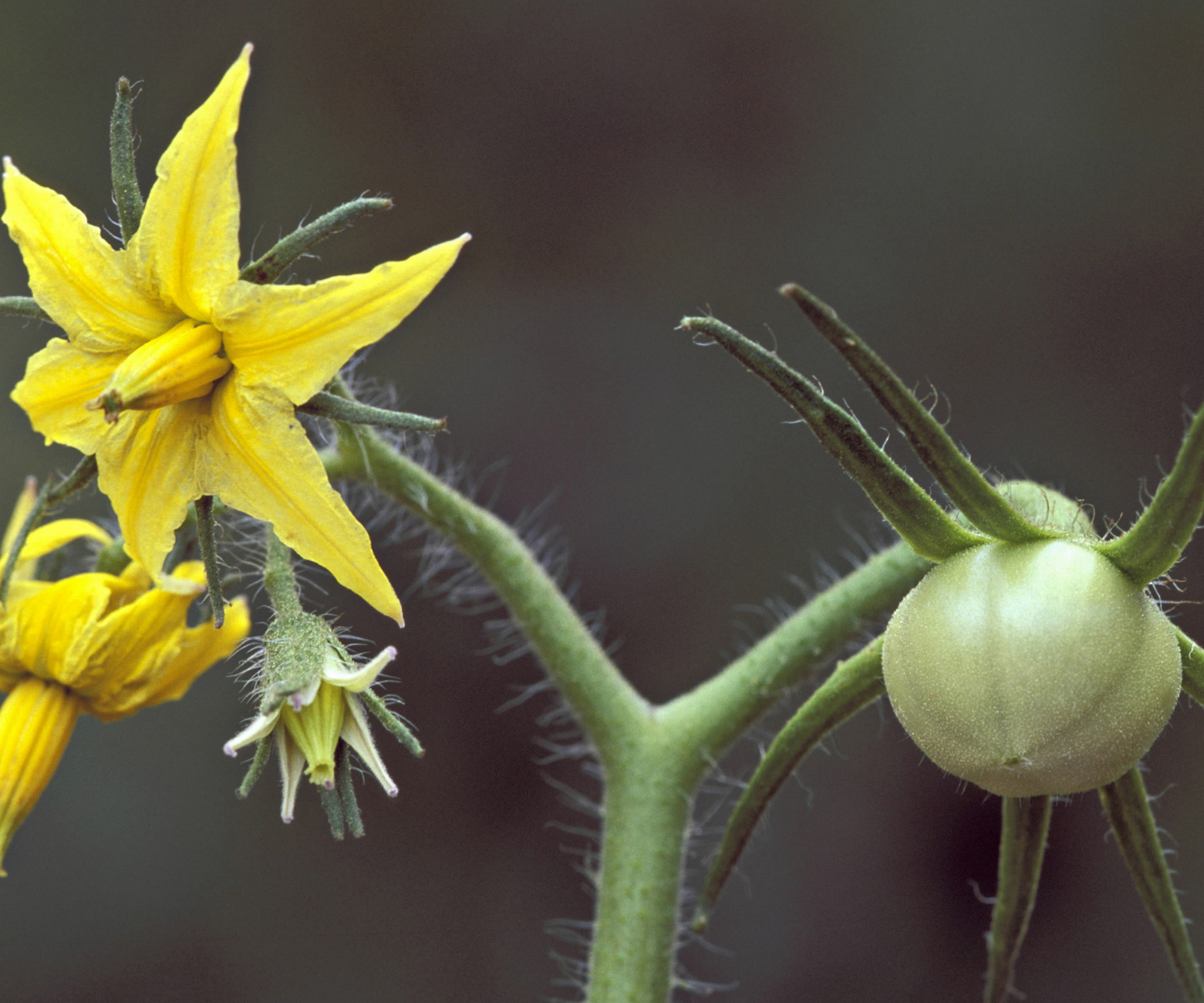
Tomatoes want a consistent watering schedule and will benefit most from deep watering. Keep a close eye on when to water plants to ensure the soil is moist in summer when the temperatures rise. Tomato plants want at least an inch of water per week, but any watering schedule will vary according to weather conditions and where they are planted. Vigilance is key as plants that suffer drought stress will drop their flowers.
A soil moisture meter, available at Amazon, can help you judge when to water plants. It can help with both under and overwatering - the latter of which can also cause blossom drop and impact your tomato yield.
Another solution is to check the moisture levels a few inches down using your fingers. ‘If you can feel moisture with your fingertip, the soil is moist enough, but if you can’t, it’s time to water your plants,’ advises Kathi Rodgers. Regular checks are especially important if you are growing tomatoes in pots, as the soil can dry out quickly during hot days.
4. Poor pollination
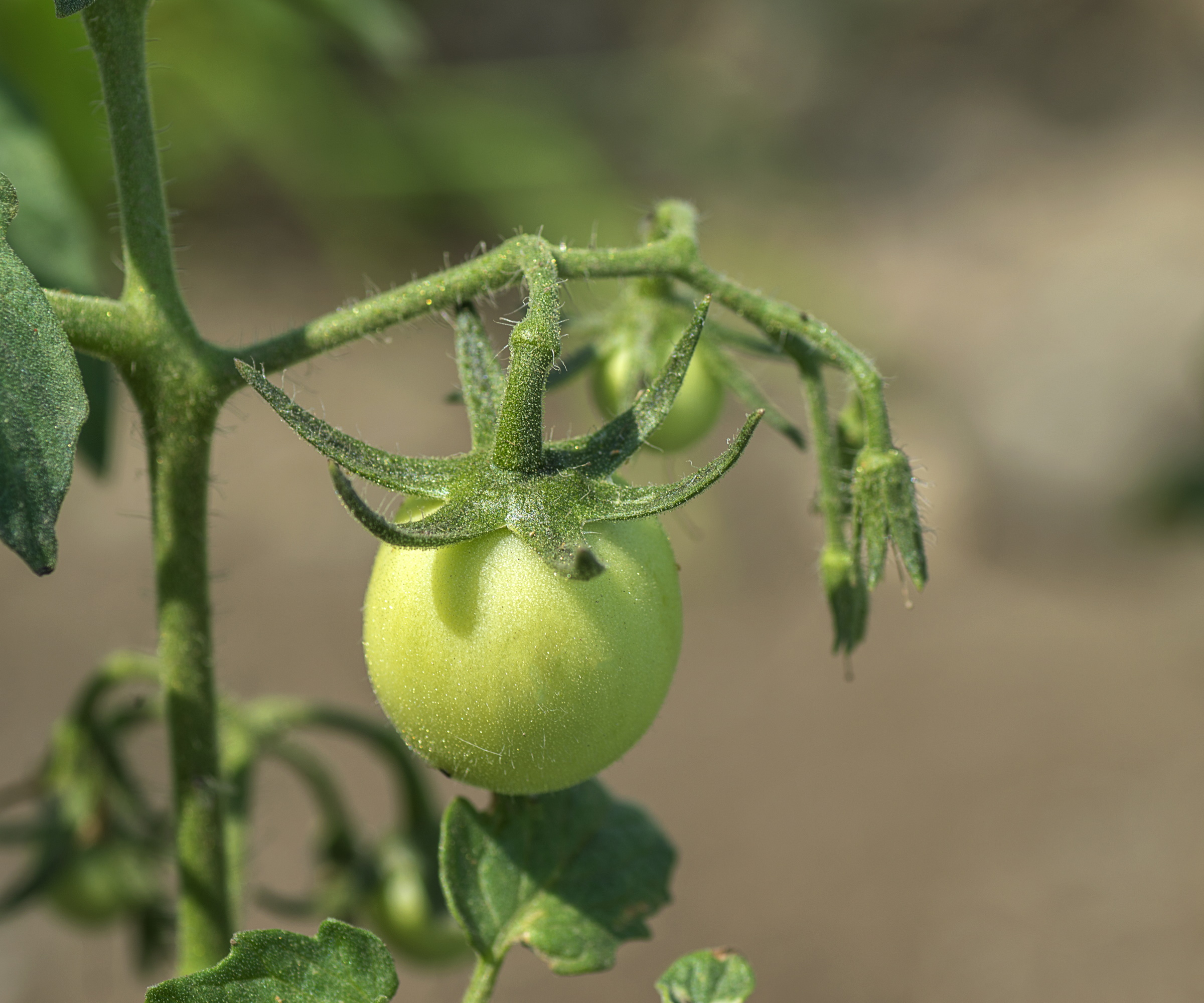
A lack of pollination, or poor pollination, can commonly cause blossom drop. But why may your plants suffer from a lack of pollination and what can be done about it?
Most of the pollination of tomato plants is done by the wind spreading pollen, though bees and other pollinators play a part. The flowers are only open for a short period, so the window for pollination is brief and, as discussed earlier, both high and low temperatures can affect pollination.
There are three ways that gardeners can help with pollination. The first is referred to as ‘tomato tapping’, it is a simple and practical way to distribute pollen. ‘Gardeners can shake their tomato plants to help distribute the pollen from flower to flower,’ says Kathi Rodgers. ‘A simple shake of the trellis or tomato stake daily is usually enough to boost pollination.’
Companion planting your tomatoes is another fantastic way to bring in pollinators and guarantee a fruit set and, finally, gardeners can even hand-pollinate plants while they are open using cotton swabs or a toothbrush.
5. Lack of sunlight
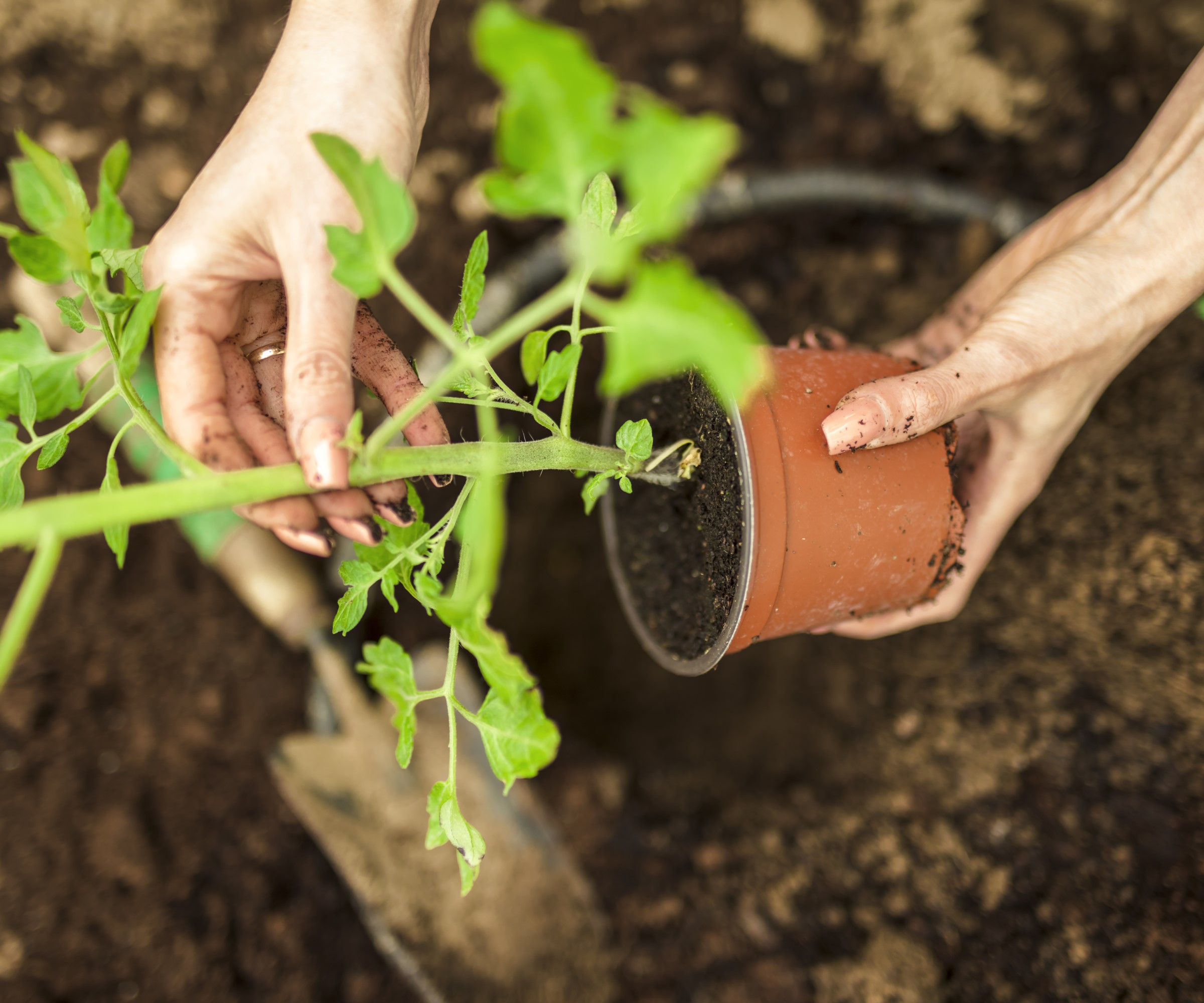
Insufficient levels of sunlight will impact the formation of fruits as plants will struggle to bloom or quickly drop any flowers that appear. Picking the right location when planning a kitchen garden can make a big difference to your harvest - having happy, thriving plants will reward you with more delicious tomatoes.
‘Tomatoes do best with at least 8 hours of sunlight daily, but can tolerate 6 hours with reduced productivity,’ says Crystal Jarvis. ‘To maximize harvests, plant tomatoes in locations with ample sunlight.’
Carefully consider the light levels when you transplant tomato seedlings. If you worry your plants are not getting enough sunlight and the flowering may be impacted, consider moving them to a sunnier location. This will be easier if you are growing tomatoes in buckets or pots, but even in-ground plants may benefit long-term by being moved.
FAQs
When should tomato plants flower?
The first flowers should appear on tomato plants a month after you transplant seedlings into the garden. The exact time will depend on where and when you sow the seeds and the weather conditions during the early stages of the plant’s life.
How long after flowering do you see tomatoes?
Once the flowers fully open and get pollinated, either by the wind or pollinators, expect the fruits to start showing in 2-3 weeks.
Should I pinch the flowers off tomato plants?
Many growers recommend pinching the first flowers off the tomato plants, as removing them focuses the energy into developing a strong network of roots. It can be beneficial to pinch off those early flowers until the plants reach at least 16 inches as it will help produce a strong plant - however, you must be willing to accept a slight delay in getting the first tomatoes.
Keep a close eye out for tomato pests as plants develop, as they can also cause flowers to drop in extreme circumstances if the plants are put under stress from defoliation. Keeping plants healthy, including preventing and treating common tomato diseases as you see them, is critical to avoiding blossom drop and ensuring you get a good crop of tomatoes throughout the season.
Sign up to the Homes & Gardens newsletter
Design expertise in your inbox – from inspiring decorating ideas and beautiful celebrity homes to practical gardening advice and shopping round-ups.

Drew’s passion for gardening started with growing vegetables and salad in raised beds in a small urban terrace garden. He has worked as a professional gardener in historic gardens and specialises in growing vegetables, fruit, herbs, and cut flowers as a kitchen gardener. That passion for growing extends to being an allotmenteer, garden blogger, and producing how-to gardening guides for websites. Drew was shortlisted for the New Talent of the Year award at the 2023 Garden Media Guild Awards.
-
 Bryce Dallas Howard's bedroom is the most creative, social space in her entire home – she uses 'conversational seating' to create a multifunctional 'salon'
Bryce Dallas Howard's bedroom is the most creative, social space in her entire home – she uses 'conversational seating' to create a multifunctional 'salon'The actress's bedroom doubles as a home office thanks to its clever layout and furnishings, proving that this area is much more than a sleep space
By Hannah Ziegler
-
 7 questions to ask yourself before moving house – realtors promise answering these questions will prevent buyer's regret
7 questions to ask yourself before moving house – realtors promise answering these questions will prevent buyer's regretDon’t make your move harder, ask these questions before moving to avoid mistakes
By Chiana Dickson
-
 7 of the best tomatoes for growing in pots – expert growers pick their top varieties ideal for large harvests from containers
7 of the best tomatoes for growing in pots – expert growers pick their top varieties ideal for large harvests from containersYou can enjoy bumper homegrown harvests in small spaces
By Drew Swainston
-
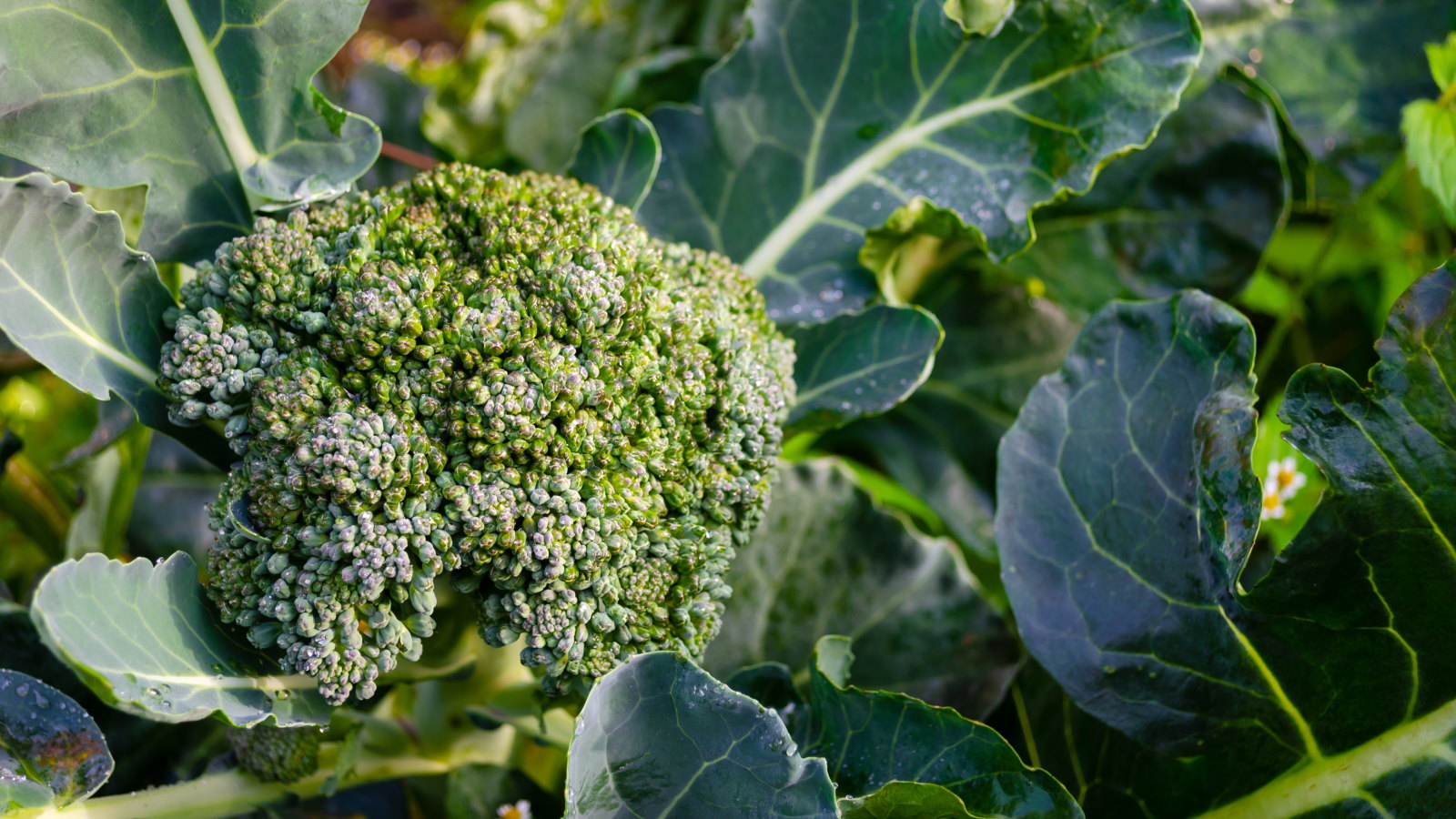 These 5 plants can help you get the best, and potentially tastiest, broccoli ever – discover what to plant with broccoli, and what to avoid
These 5 plants can help you get the best, and potentially tastiest, broccoli ever – discover what to plant with broccoli, and what to avoidOur selection of vegetables, herbs, and flowers is perfect for companion planting with broccoli
By Drew Swainston
-
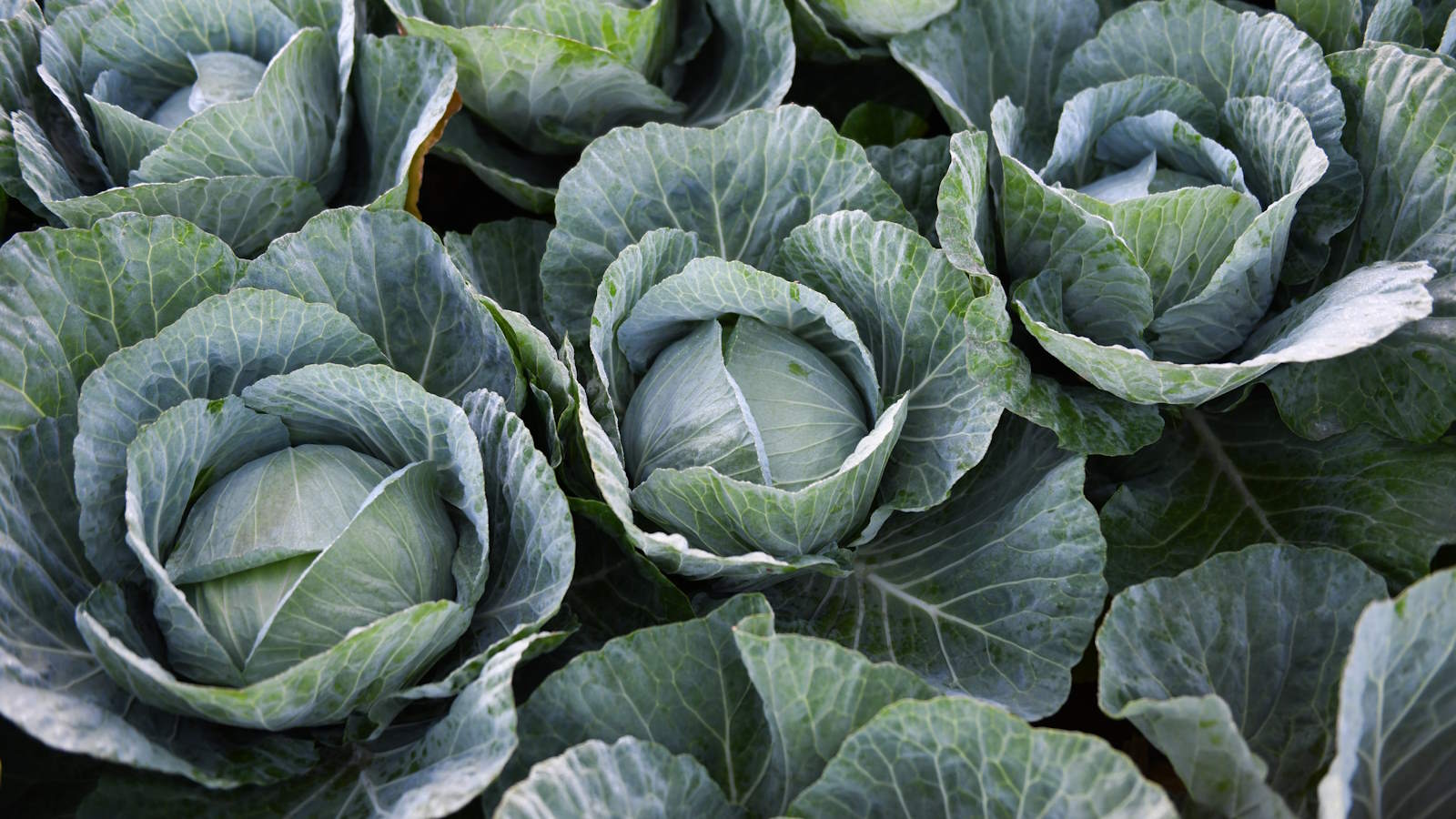 How to grow cabbages in containers – expert tips for top harvests in small urban spaces
How to grow cabbages in containers – expert tips for top harvests in small urban spacesYou can grow lots of different cabbages in pots, troughs, grow bags, or buckets
By Drew Swainston
-
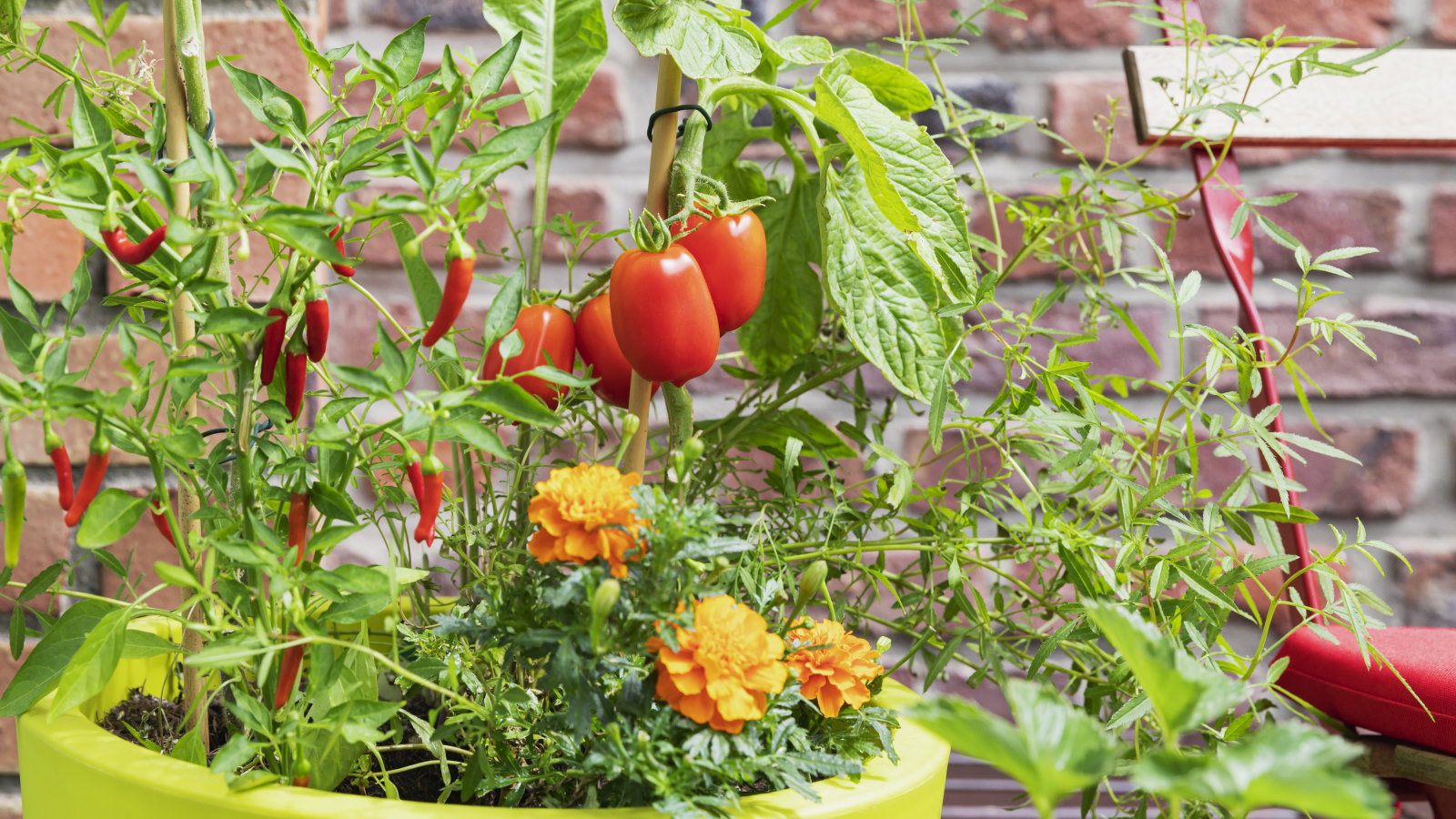 You'll get the best homegrown tomato crops if you plant them next to this one flower – discover why these two are a dream combination
You'll get the best homegrown tomato crops if you plant them next to this one flower – discover why these two are a dream combinationYour tomato plants will be pest-free and covered in fruits
By Drew Swainston
-
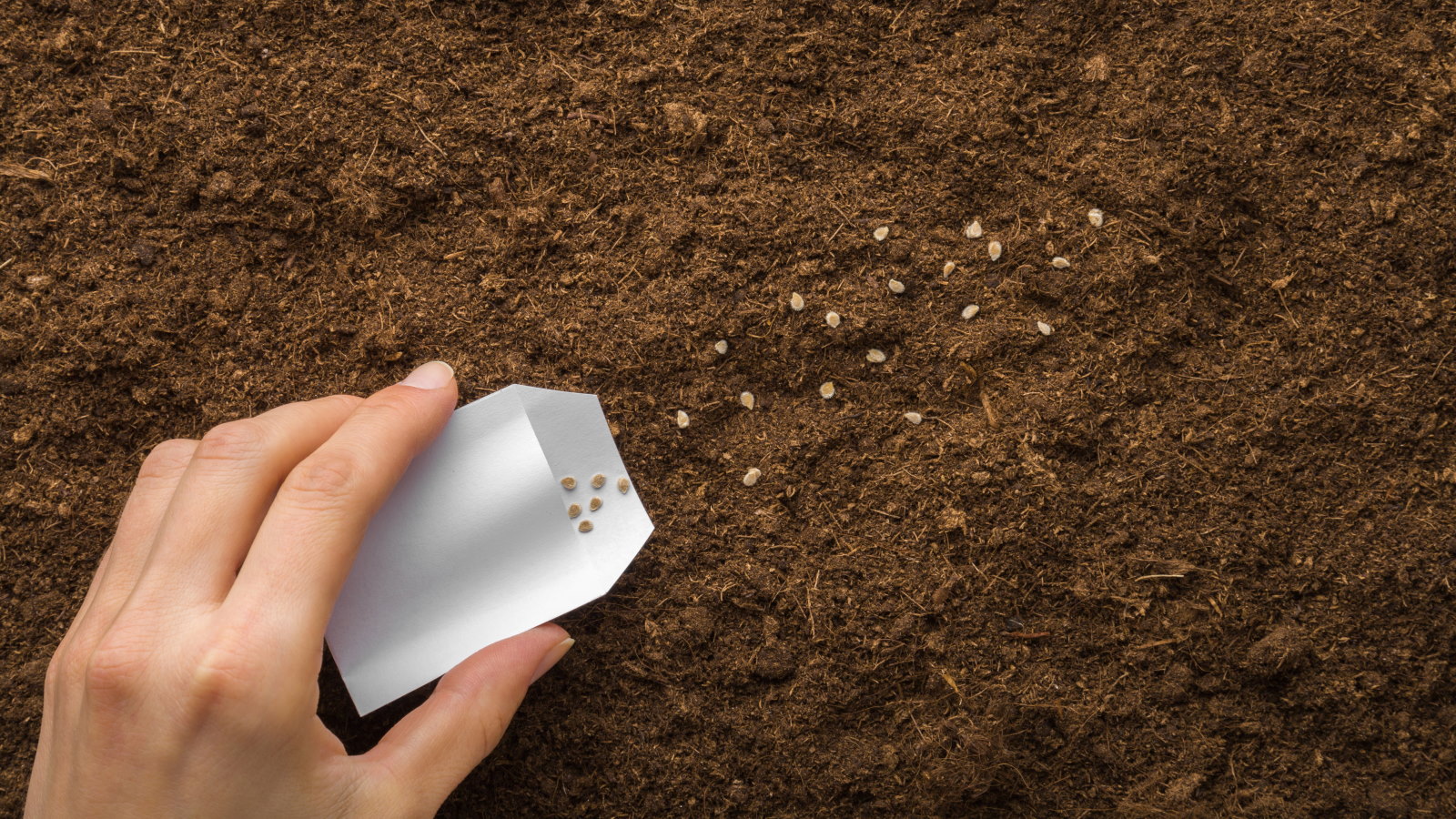 Direct sowing vs transplanting – our grow-your-own expert advises which is best, and shares 5 veggies you should always sow directly
Direct sowing vs transplanting – our grow-your-own expert advises which is best, and shares 5 veggies you should always sow directlyBoth approaches to sowing vegetables have pros and cons
By Drew Swainston
-
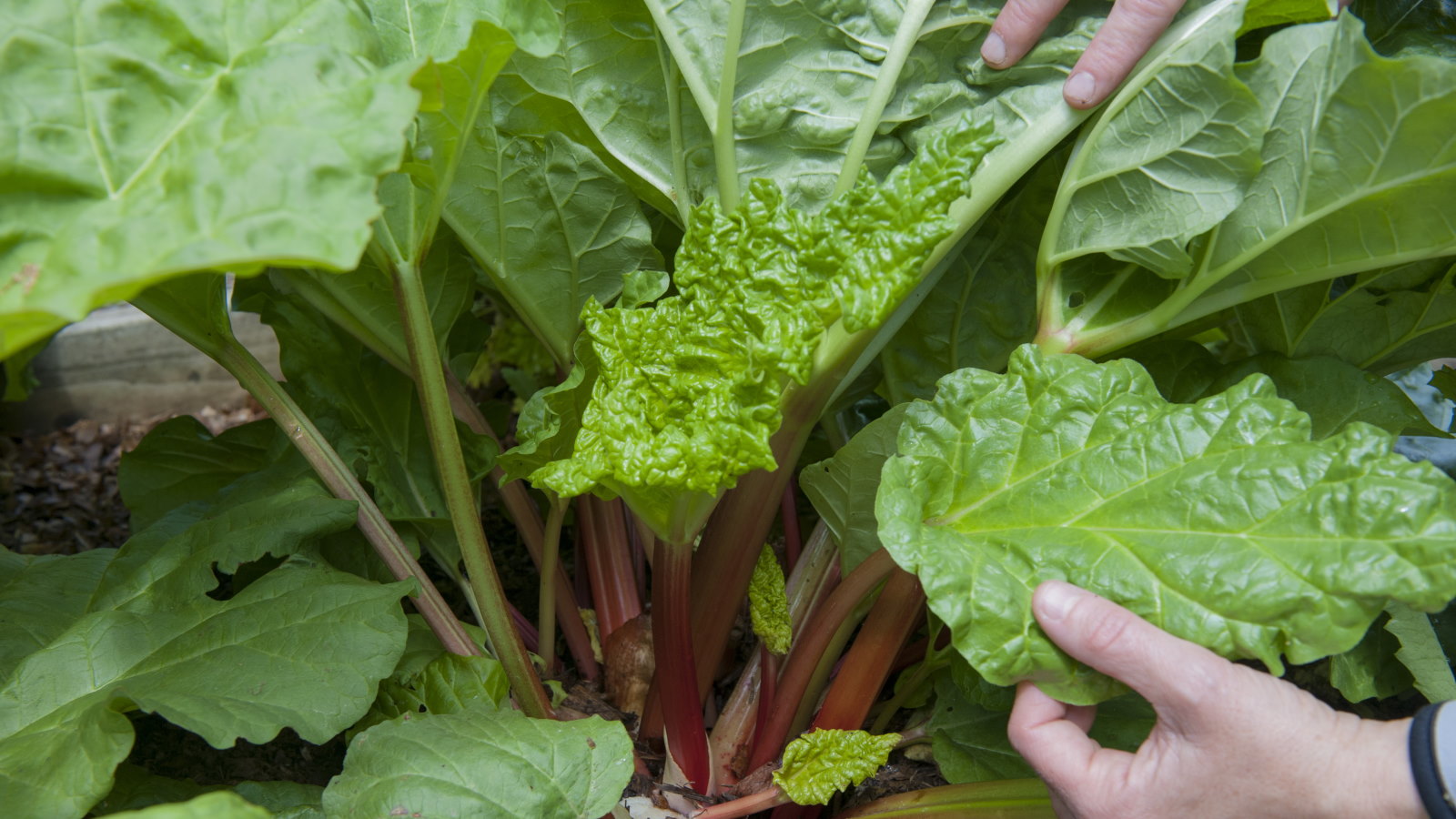 I grew rhubarb from seed for years – here’s exactly how to do it for guaranteed germination and healthy crops of fruit
I grew rhubarb from seed for years – here’s exactly how to do it for guaranteed germination and healthy crops of fruitGrowing rhubarb from seed is a cost-effective way to propagate plants, but it requires care and patience
By Drew Swainston
-
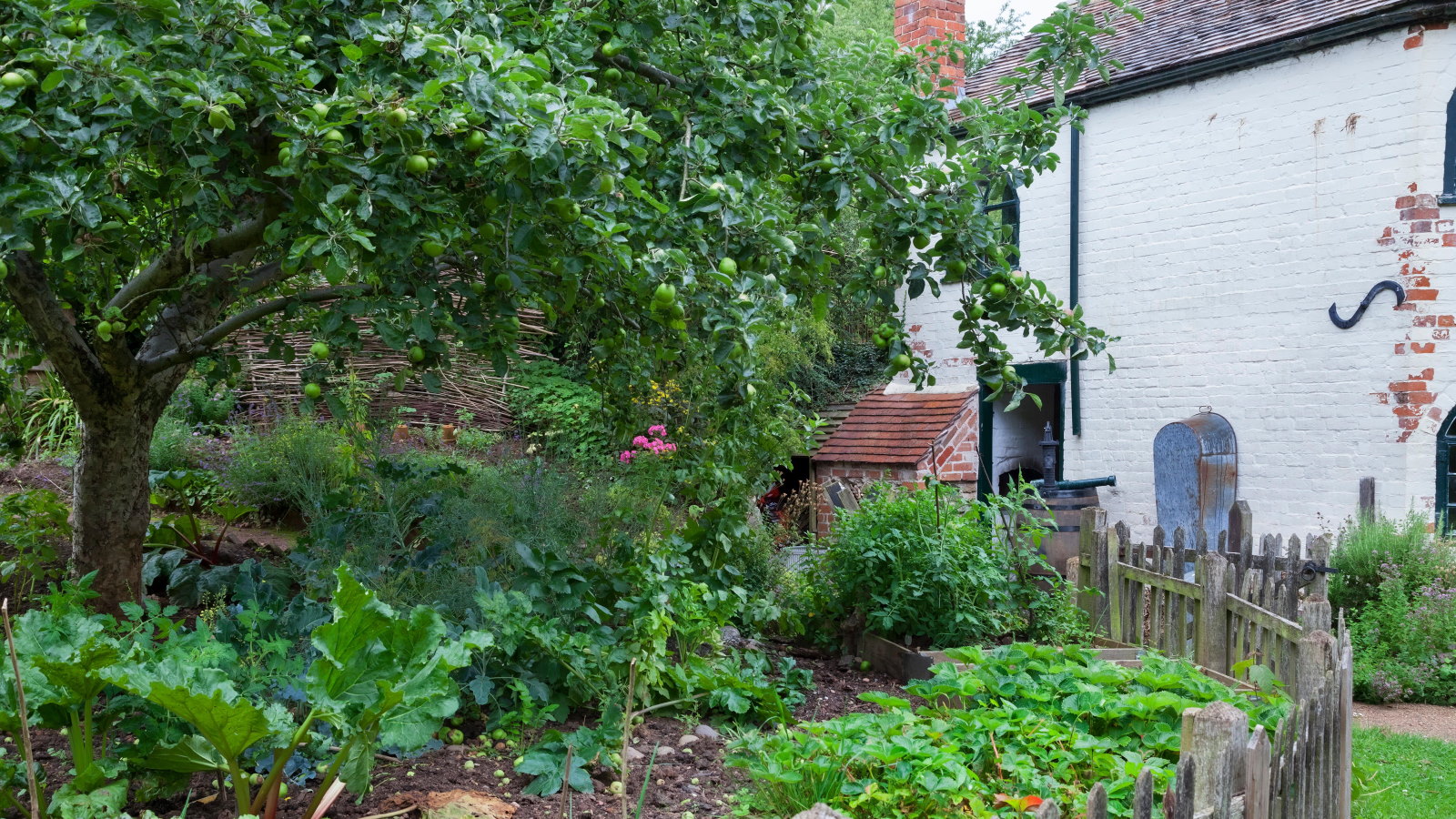 4 reasons you should plant trees in a vegetable garden – plus experts reveal the secrets to help you reap the rewards
4 reasons you should plant trees in a vegetable garden – plus experts reveal the secrets to help you reap the rewardsSee how agroforestry principles can help boost your soil and harvests
By Drew Swainston
-
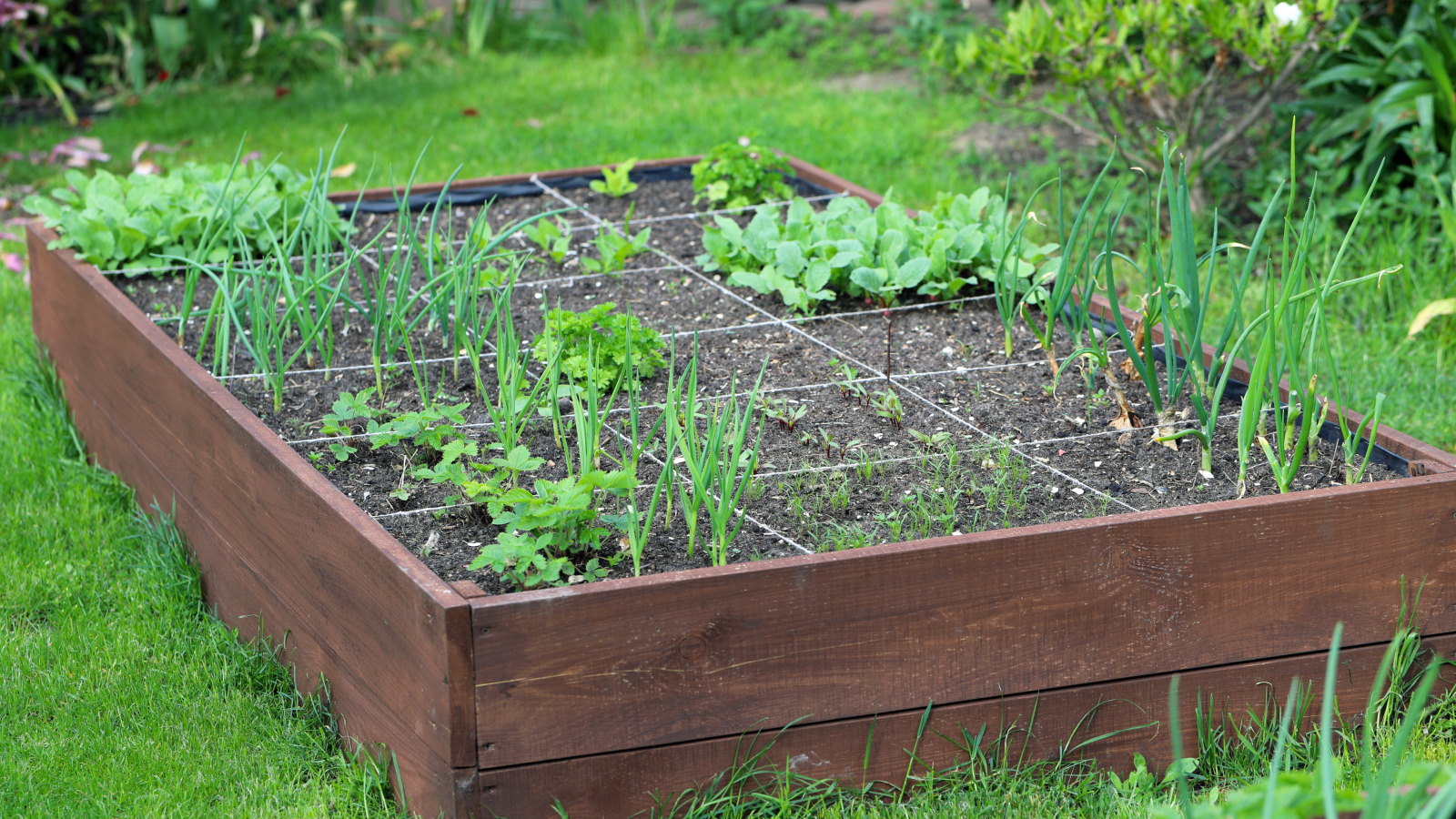 9 of the best vegetables to grow using the square foot gardening method – for big harvests in small spaces
9 of the best vegetables to grow using the square foot gardening method – for big harvests in small spacesPlus how many of each vegetable can be grown per square foot
By Drew Swainston
